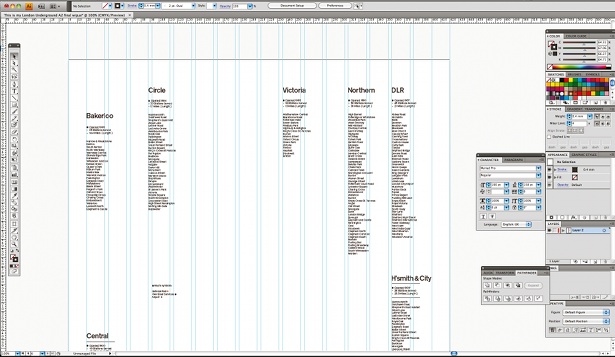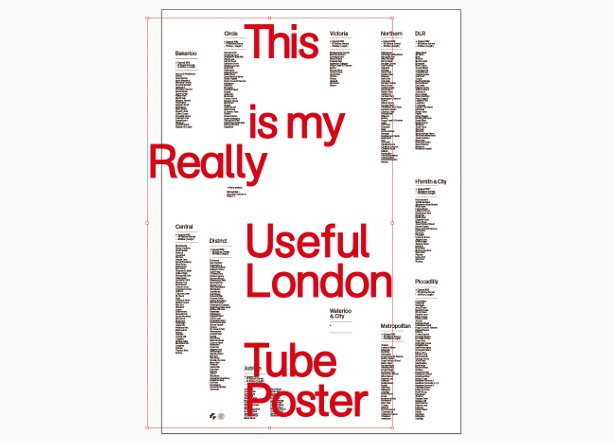10 ways to plan a project budget – and stick to it
Budgets are nothing to be scared of! Just follow these tips from Red Design’s Alastair Reid
Don’t underestimate the job

Estimating the time needed for creative process is more of an art than a science, based upon your knowledge of the job, the client and a gut feeling formed from past experience. Add 50 per cent to how long the creative director and the designer think a job will take, because they always underestimate.
Understand the client’s financial resources

Have an idea of the client’s budget, because there’s no point proposing a project that they can’t afford. However, sometimes they have more money than they tell you at first, so it’s a good idea to check by asking if there’s any flexibility in the budget for you to offer something bigger and better. Dangle that carrot for them.
Get the details right

Be as specific as possible, both with establishing the brief detail from the client and with what you’re offering for the fee. This process can take quite some time but can often save you a lot of pain in the long run. The more that you can open up about the design process, the more the client will ultimately see the value in what you do.
It all adds up

Charging a client for phone calls can be counterproductive, because you want them to ring you. But you should be charging for little practical jobs, such as preparing artwork files. Keep an open timesheet for small jobs and add it all up, or agree a minimum charge – an hour is sensible.
Manage your materials

A big part of working with different materials is sourcing them, so you need to decide whether you’re going to charge for production management or have a margin on any materials, which could range from 10–30 per cent. And remember that good materials procurement can save you money, increasing the profitability of a job.
Have a system for change

You have to expect to do some amendments and revisions, so build those into your quote. Either make clear that you’ll charge for them at an hourly rate, or offer a couple of rounds included in the time and make it clear from the start that anything after that will be charged hourly.
Plan for contingency

If you have a good relationship with a client you can quote a contingency fee, perhaps 10–20 per cent of the total fee budget. Reassure the client that this part of the fee is like insurance in case the job runs over, or the requirements significantly change – but if those things don’t happen then they won’t be charged any of that amount.
Daily design news, reviews, how-tos and more, as picked by the editors.
Be realistic

Talk up front about things that might go wrong with a project. It’s easy to keep everything still sounding positive, but outline some of the reasons that the project might overrun, such as feature creep, or multiple decision-makers with different points of view. Then you can avoid those things before they have a chance to happen.
Signed and sealed

Try to get a signed confirmation of what you’ve all agreed to – ideally a job order form, or at least an email, so you can see that the client has understood the quote and agreed to it. People will generally tend to think about the job a lot more carefully and thoroughly if they have to sign something.
Read the warning signs

If things are starting to spiral away from the original plan, talk to the client early on and try to isolate the reasons why. If you agreed the spec at the start and it’s changed, that’s a reasonable basis for discussion with them. If it’s simply the case that you’ve underestimated the timeframe for the job, then you’ll have to take it on the chin.
Icons: Kate Sutton
Discover 10 inspirational letterpress business cards at our sister site, Creative Bloq.

The Creative Bloq team is made up of a group of art and design enthusiasts, and has changed and evolved since Creative Bloq began back in 2012. The current website team consists of eight full-time members of staff: Editor Georgia Coggan, Deputy Editor Rosie Hilder, Ecommerce Editor Beren Neale, Senior News Editor Daniel Piper, Editor, Digital Art and 3D Ian Dean, Tech Reviews Editor Erlingur Einarsson, Ecommerce Writer Beth Nicholls and Staff Writer Natalie Fear, as well as a roster of freelancers from around the world. The ImagineFX magazine team also pitch in, ensuring that content from leading digital art publication ImagineFX is represented on Creative Bloq.
